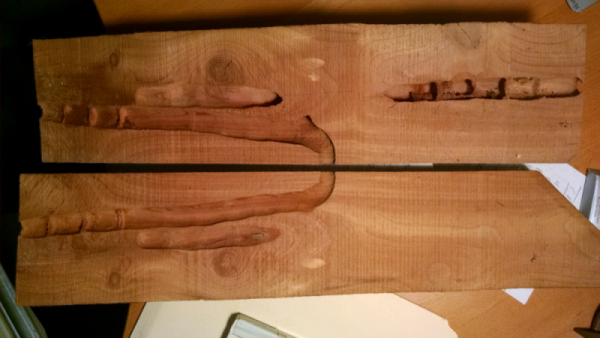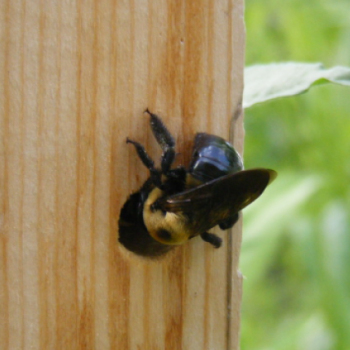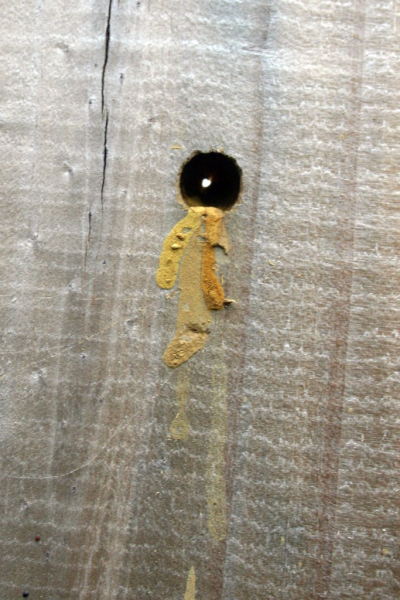As a homeowner in Jasper, GA, another insect that you should pay attention to if you see them around your home is the carpenter bee. Through their nest building activities, the carpenter bee can cause structural damage to your home. They do this by boring long tunnels into wood and dividing those tunnels up into cells where individual larvae develop.

Though a non-social species, several female bees may nest in the wood of the same structure or other site. As a result, you may see several female carpenter bees attempting to bore into your home at the same time. Typically completing one generation per year in the United States, female carpenter bees prepare tunnels and lay eggs in the spring. Larvae and pupae develop in the closed cells in early summer. Adult bees emerge in late summer and return back to those same tunnels to hibernate for the winter months. In the spring, the adults mates and the females lay eggs, competing the cycle. As you may have noticed around your home, April and May in Georgia are prime months to see carpenter bee activity.

Typically, the carpenter bee will have an entrance hole on the surface of the wood that continues in for a short distance, then the tunnel will turn sharply to run in the same direction as the grain of the wood. Female carpenter bees will often utilize the existing galleries or nesting areas from years past, so a complex system of tunnels can develop over a number of years. Often these galleries or nesting areas can be found in the siding or window trim of homes, in which case the structural strength of the tunneled timbers may be reduced. Carpenter bees may also best in eaves, wooden shakes, porch ceilings, and doors. They can also be found in telephone poles, fence posts or railings, and even in lawn furniture.

While softer woods are preferred, the carpenter bee will use several different types of wood for nesting. The most susceptible woods for a carpenter bee nest are those that are unpainted and well weathered as opposed to well-painted or hardwood timbers. Another sign to look for when locating carpenter bee galleries is the yellowish or brownish excrement stains created on the side of the home, typically below the entrance holes to the galleries.
When determining a plan for integrated pest management, correct identification of the species you are experiencing problems with is key. The carpenter bee proves a confusing subject as the most common species in Georgia, the common eastern carpenter bee, so closely resembles the various varieties of bumble bee that the two are often confused.

This is why it is important to contact your pest management professional as soon as you suspect you have an issue with carpenter bees so that they can take a look, correctly identify the pest, and assist you in determining a method of action. If you do have a carpenter bee infestation, you want to get rid of them as soon as possible in order to prevent serious and continuous damage to your home.
If you think you have a problem with carpenter bees. . . or any other pest. . . or simply have a question. . . call Faith Pest Control at 770-823-9202. We’ll be happy to speak with you any time.
Here’s to helping YOU live PEST FREE,
Erica
P.S. And be sure to ask about our FREE 58 Point Pest Analysis of your home or office!
